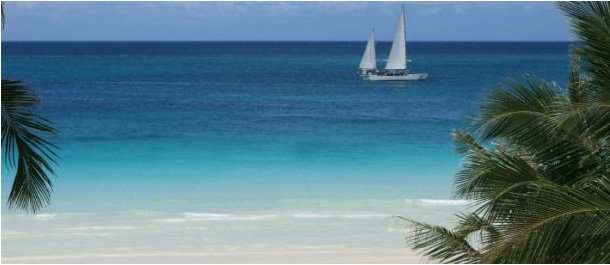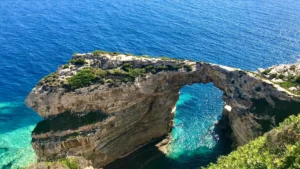With its position astraddle the Equator, Southeast Asia practically owns the tropical tourist experience – and the presence of the world’s region, you’ll find a fair amount of tourists with surfing boards in tow, anticipating the swells and best beaches is a major part of its appeal. In almost any airport in the sunshine awaiting them on the opposite side of their flight.
Name a well-known beach in Southeast Asia, and chances are they’ll have everything – five star hotels and backpacker hostels alike; watersports and surfing facilities; seaside restaurants serving local delicacies; the works. But not all tourists like “the works” – a growing number of travelers yearn for beaches with less people and less of the mess, noise and buildup that come with crowds.
Whichever path you prefer – the well-developed or the development-free – you’ll find a beach in Southeast Asia that has what you need.
In Thailand, the island of Phuket in the Andaman Sea possesses some of the most popular beaches in the region: 11 million tourists flew into Phuket Airport in 2013 alone, flocking to the island’s beaches in the day and partying in Patong’s nightclubs and bars after dark. The trip is worth it for the beach alone, its fine white sands and crystal-clear watercreating a paradisiacal backdrop for parties and other seaside leisure activities.
Travelers looking for a relaxing vacation in a wonderfully natural setting also have Thai islands like Koh Lipe to fall back on: a quieter, more unspoiled tropical getaway with excellent snorkeling and diving. The beauty of Koh Lipe and other nearby islands have inspired visitors to call them “the Maldives of Thailand”.
Indonesia’s island of Bali has long been known to travelers; the luxury hotels, excellent surfing waves and magnificent culture have made the island a byword for tropical adventure. But travelers looking for less luxury and a return to nature only need to visit the Gili islands in Lombok, where no motorized vehicles are even allowed to operate!
In Malaysia, Langkawi is the biggest beach draw, thanks to its family-friendly attractions both on the beaches and in the mountains. On the opposite coast, the Perhentian islands offer the flipside: cheaper, less developed, and more popular with backpackers.
In the Philippines, Boracay’s fine-grained white sands draw the crowds from Christmas season to the end of summer in June. Travelers who disdain Boracay’s party-hearty crowds can escape instead to Coron, where a whole flotilla of shipwrecks lie beneath the sea off the pristine coastline.
Viet Nam has a 3,260km-long coastline with over 100 beaches and thousands of islands, of which the Paracel Islands (Hoang Sa) and the Spratly Islands (Truong Sa) are the biggest. Viet Nam’s beaches are highly appreciated by travelers in search of beautiful scenery and full hospitality services (like accommodation, restaurant, entertainment, and sea sports). These tourists gravitate to locales like Ha Long Bay (Quang Ninh Province), Da Nang Beach (Da Nang City), Nha Trang Bay (Khanh Hoa Province), Mui Ne (Binh Thuan province), and Phu Quoc Island (Kien Giang Province).
Finally, Myanmar’s beaches all lack the crowds of Southeast Asia’s more popular resorts, which discriminating beachcombers appreciate. Ngapali Beach and Ngwe Saung both have luxury resorts, but no party scene to speak of, with a more authentic seaside-town feel in its place.







